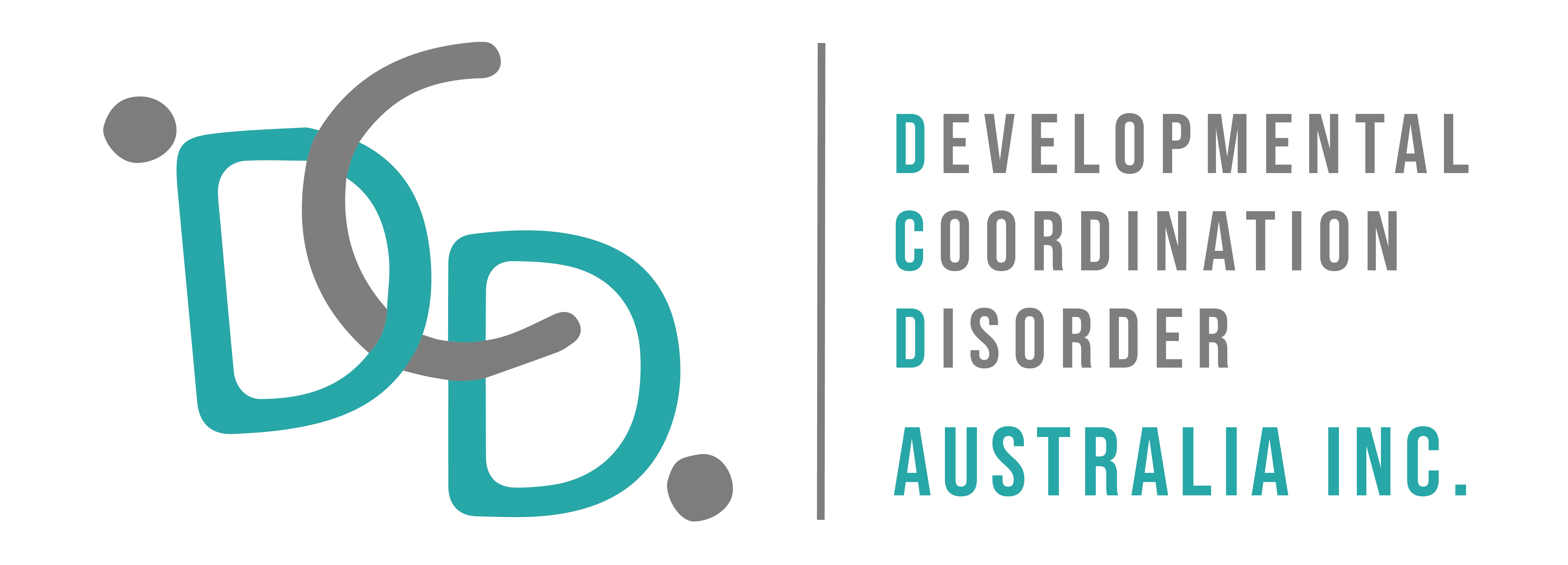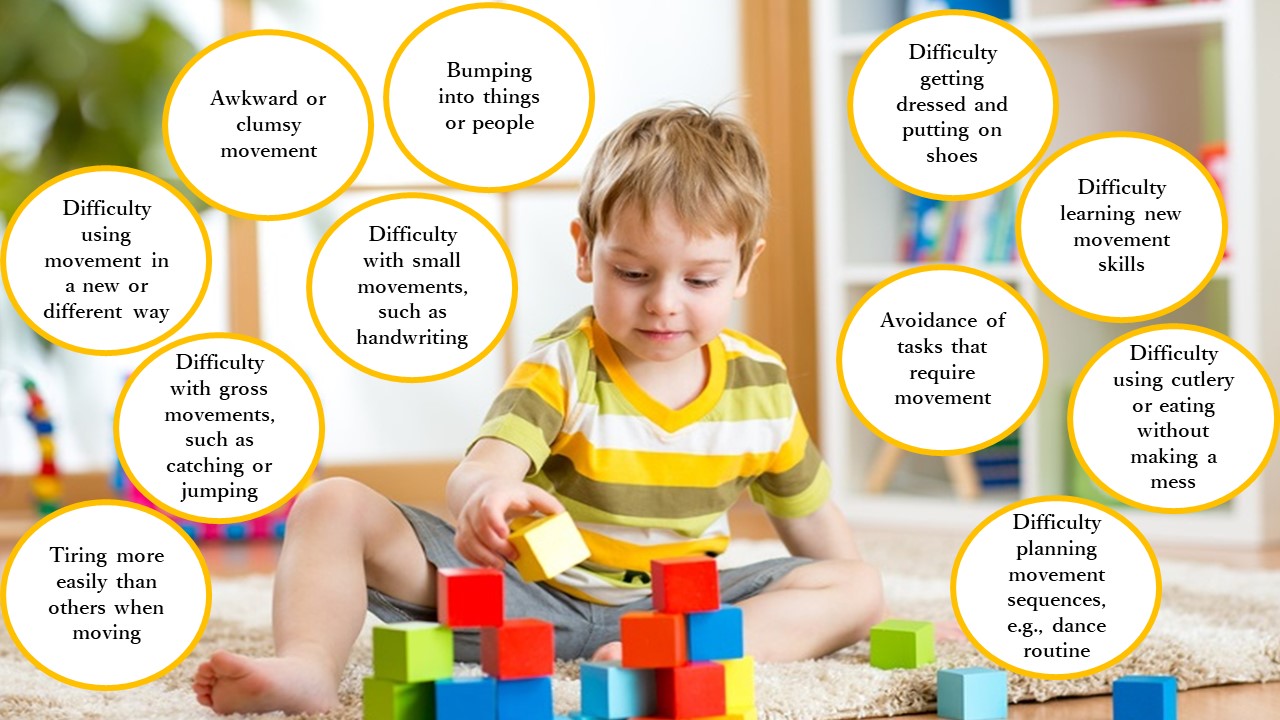Co-occurring conditions
There is a recognised overlap between DCD and a number of other disorders. Some of these include Attention Deficit Hyperactivity Disorder (ADHD); (Specific) Language Impairment; Autism Spectrum Disorder; and Learning Disorders/Disabilities. There is often confusion about the relationship of DCD with other conditions, but many can be diagnosed alongside side DCD.
Childhood Apraxia of Speech, or CAS, is a speech disorder that has often been referred to as verbal dyspraxia in the past. Often children with DCD may also be diagnosed with CAS, but both can be diagnosed individually. If you suspect your child has CAS or would like to know more about it, you can find out more about it here.
Sometimes the handwriting impairments observed in individuals with DCD are referred to as Dysgraphia. However, handwriting impairments in DCD tend to be linked to the production of writing itself, as a direct result of poor motor coordination. Dysgraphia is about more than just the motor based production of written text. It encompasses difficulties producing written language. That is, an individual with dysgraphia has trouble putting thoughts and words to paper, having difficulty with letter sounds, spelling, letter direction, sentence structure and so on. You can read more about dysgraphia here.

